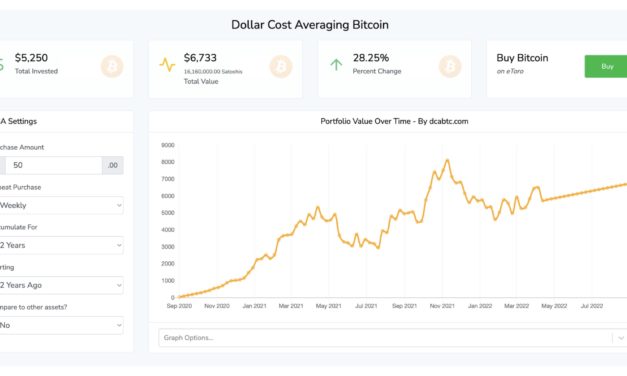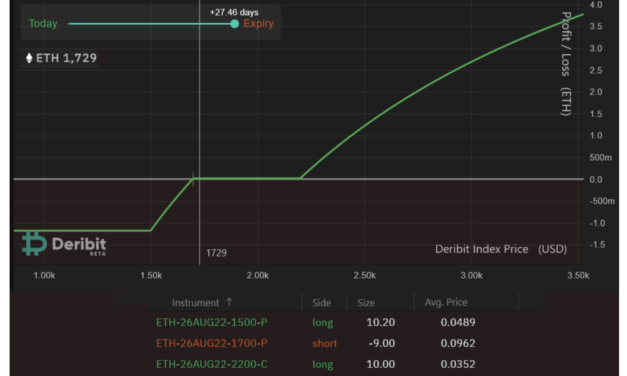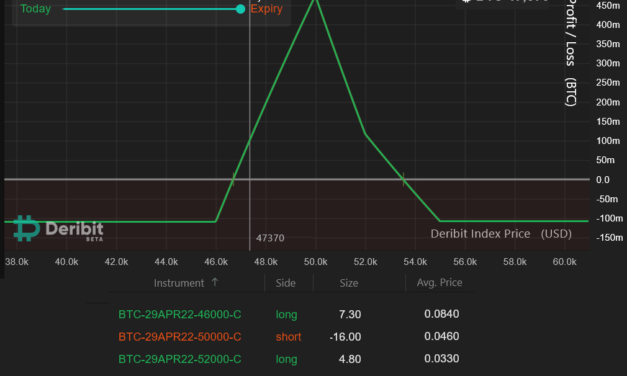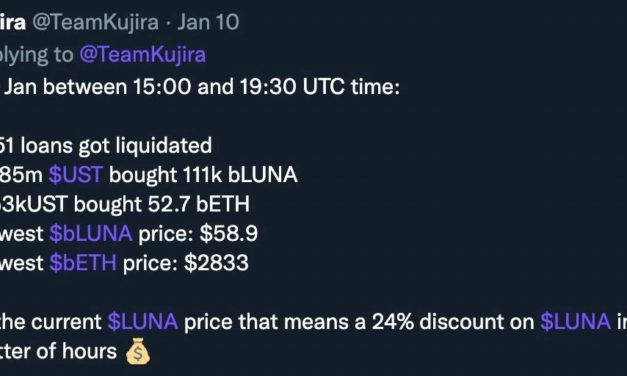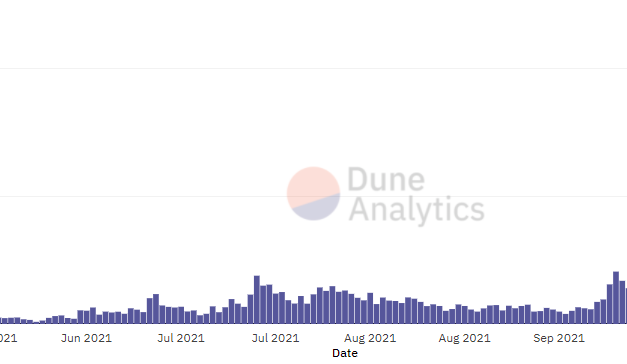3 ways to trade Bitcoin and altcoins during a bear market
Markets are scary right now, and while the situation is likely to worsen, it doesn’t mean investors need to sit out and watch from the sidelines. In fact, history has proven that one of the best times to buy Bitcoin (BTC) is when no one is talking about Bitcoin.Remember the 2018–2020 crypto winter? I do. Hardly anyone, including mainstream media, was talking about crypto in a positive or negative way. It was during this time of prolonged downtrend and lengthy sideways chop that smart investors were accumulating in preparation for the next bull trend. Of course, nobody knew “when” this parabolic advance would take place, but the example is purely meant to illustrate that crypto might be in a crab market, but there are still great strategies for investing in Bitcoin. Let’s take a look at three. Accumulation via dollar-cost averagingIt’s helpful to be price agnostic when it comes to investing in assets over the long term. A price agnostic investor is immune to fluctuations in value and will identify a few assets that they believe in and continue to add to the positions. If the project has good fundamentals, a strong, active use case and a healthy network, it makes more sense to just dollar-cost average (DCA) into a position.Take, for example, this chart from DCA.BTC. Results of weekly dollar cost averaging into Bitcoin. Source: DCA.BTCInvestors who auto-purchased $50 in BTC weekly over a two-year span are still in profit today, and by DCA, there is no need to make trades, watch charts, or subject oneself to the emotional stress that is associated with trading. Trade the trend and go long off extreme lowsAside from steady, reasonably sized dollar-cost averaging, investors should be building a war chest of dry powder and just sitting on their hands waiting for generational buying opportunities. Entering the market when it’s deeply oversold and all metrics are in extreme is typically a good place to open spot longs but with less than 20% of one’s dry powder. When assets and price indicators are two or more standard deviations away from the norm, it’s time to start looking around. Some traders zoom out to a three-day or weekly time frame to see when assets correct to higher time frame support levels or previous all-time highs as a sign to invest. 200-week moving average heatmap for Bitcoin. Source: LookIntoBitcoinOthers look for price to flip key moving averages like the 118 DMA, 200 WMA and 200 DMA back to support. On-chain fanatics typically follow the Puell Multiple, MVRV Score, Bitcoin Pi indicator or Realized Price indicator to see when extreme multi-year lows are hit as a sign of when to buy. Either way, opening spot longs during extreme sell-offs usually turns out to be a good swing trade or even entry point for a multi-year-long position. Related: Wen moon? Probably not soon: Why Bitcoin traders should make friends with the trendDo nothing, until the trend changesTrading during a bear market is hard, and capital and portfolio preservation are the top priorities. For this reason, it’s best for some investors to just wait for confirmation of a trend change. As the saying goes, “the trend is your friend.” Everyone is a genius and a superb trader during a bull market, so if that was you, then wait for the next bull trend to roll around and go be a happy-go-lucky genius then. Downtrends, consolidation and bear markets are notorious for chopping up traders and reducing one’s portfolio size, so it’s unwise to trade against the trend unless one has a PNL positive method for trading during bear trends and some skill at shorting. For crypto investors, it’s important not to live in a vacuum and keep an eye on the equities markets. Crypto traders have a tendency to only focus on crypto markets, and this is a mistake because equities markets and BTC and Ether (ETH) prices have shown a strong correlation in the past two years. In one’s charting suite of choice, it would be wise to keep the S&P 500, Dow Jones or Nasdaq charts up alongside BTC’s or ETH’s daily chart. Bitcoin correlation to equities markets. Source: TheBlockIn the most recent trend reversal, BTC’s price action was the canary in the coal mine that began to chirp louder and louder as the United States Federal Reserve amplified its intent to raise interest rates. It is easy to be misled by the minuscule moves that occur in Bitcoin’s four-hour and daily price charts, and one could easily be lured into some hefty positions based on the belief that BTC is on the verge of a reversal. Keeping an eye on the market structure and price action of the largest equities indexes will provide crucial insight into the strength and duration of any bullish or bearish trend that Bitcoin might exhibit. This newsletter was written by Big Smokey, the author of The Humble Pontificator Substack and resident newsletter author at Cointelegraph. Each Friday, Big Smokey will write market insights, trending how-tos, analyses and early-bird research on potential emerging trends within the crypto market.Disclaimer. Cointelegraph does not endorse any content of product on this page. While we aim at providing you all important information that we could obtain, readers should do their own research before taking any actions related to the company and carry full responsibility for their decisions, nor this article can be considered as an investment advice.
Čítaj viac
